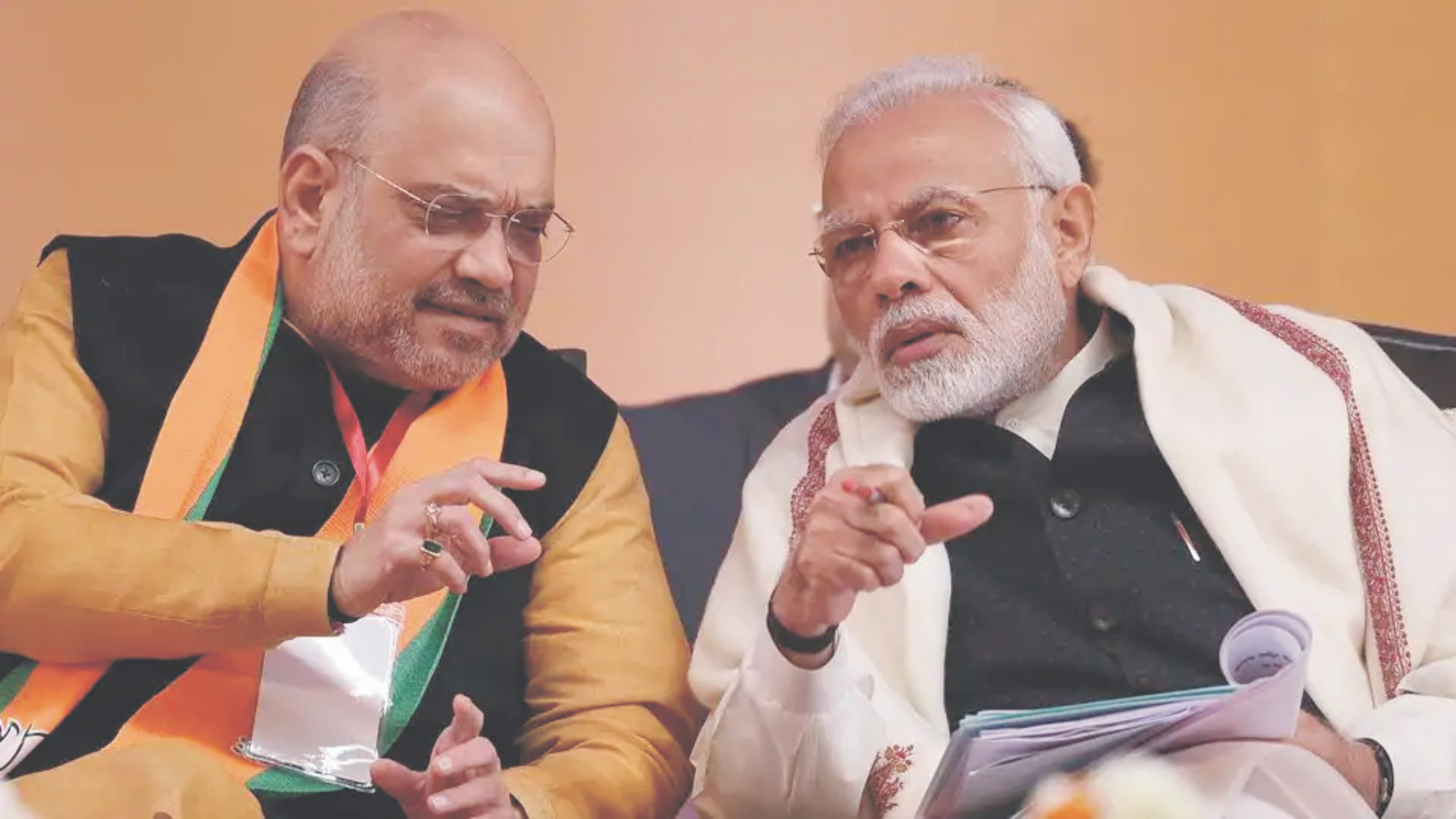The BJP has been toiling hard to win most of the 125 Lok Sabha seats, which have been left untouched by the party so far. It is also necessary for the party so that it can compensate for the loss in the northern and western states which the party is apprehensive about.
By Shashi Shekhar
India is immersed in political debates as the Lok Sabha (LS) polls draw nearer. During these discussions, we often hear that the 2019 general elections will be different and tough compared to the one in 2014. Prime Minister Narendra Modi and the aggressive leader of the BJP, Amit Shah, too understand this fact well. That’s why they have opted for a different strategy this time.
According to this strategy, the PM will address 100 rallies across the country. If you look closely at these rallies, you will find that priority has been given to West Bengal, Kerala, Telangana, Andhra Pradesh, Odisha and North East. Reason? In the last LS election, the BJP won most of the seats in the northern and western states.
While in the south, in Karnataka and undivided Andhra Pradesh, they tied up with the Telugu Desam Party and won 17 and 19 seats, respectively. The BJP won one seat in Tamil Nadu, but they couldn’t get even a single seat in Kerala. This time, the party has garnered the support of AIADMK in Tamil Nadu, and superstar Rajinikanth has also signalled support even while remaining independent.
As far as Kerala is concerned, this is a unique state where the workers of the CPI(M) and the RSS have always fought bitterly on the streets. But despite all this, the BJP has not been able to succeed. The way Modi mentioned the crumbling of culture in a rally in Kerala, makes it clear that the saffron party wants to strengthen its roots in the state. So far, the Congress and the CPI(M) take turns in riding the chariot of power in Kerala. The BJP has been working with all its might to carve out a path for itself between these two traditional rivals.
The circumstances in West Bengal are almost the same. Of course, Mamata Banerjee has uprooted the 34-year-old Left government and has managed to come to power but she has not changed the style of the government functioning. In the triangular strife between the Congress, the Left and the Trinamool Congress, the BJP feels that it can polarise the votes in its favour. Shah has been working tirelessly for that. He wanted to organise a rath yatra in West Bengal but the court did not allow it.
Modi and Shah have their ambitions pinned on Odisha too. Naveen Patnaik is a popular leader there and has been in power for the last 15 years. But is this his strength or weakness? Shivraj Singh Chauhan in Madhya Pradesh and Raman Singh in Chhattisgarh could not win the recently- held assembly elections despite being popular in their states. Naturally it raises BJP’s expectations in Odisha.
The Congress is the main opposition party in the state, but by visiting Odisha four times in 24 days, Modi has proved that he is working hard towards establishing his party as a strong and main party in the historic land of Kalinga. Clearly, the BJP has been toiling hard to win most of the 125 seats, which have been left untouched by the party so far. It is also necessary for the party so that it can compensate for the loss in the northern and western states which the party is apprehensive about.
Until now we discussed the strategy which is hidden from the public eye. Now we come to the PM’s speeches. You must have noticed, wherever the PM goes, he boasts of the work done by his government in that region. For example, in Punjab, he talked about not only the Kartarpur corridor but also explained in details about what the Centre has been doing for the state’s women, unemployed youth, and senior citizens.
Weeks after this, in Kerala he not only tried to encash on the religious sentiments on the pretext of Sabarimala, but also counted one by one the development projects and works of the central government. Modi is definitely making an effort to project his image as the Vikas Purush. Is it an attempt to push politics in the positive direction?
Modi and Shah know very well that miracles do not last longer. It is necessary to create something new constantly to engage the masses to garner their support. This is why, after the success of Ujjwala, welfare schemes such as health insurance were implemented.
Reservation for the economically weaker section of upper castes was the next step. Some more announcements are possible before the Model Code of Conduct is implemented. It does not end here. Deceptiveness is also very important in politics. It is done in order to divert the attention of the rival group. If you don’t believe this then consider the case of Karnataka.
The coalition government of the JD(S) and Congress kept swinging between apprehensions and some untoward developments for the entire week. Do not be surprised if the same attempts are made in Madhya Pradesh too. It’s clear, Modi-Shah duo have made the first move in this political game of chess. What attitude the voters adopt on this we will have to wait for a few more months to see that.
(Shashi Shekhar is editor-in-chief, Hindustan)


